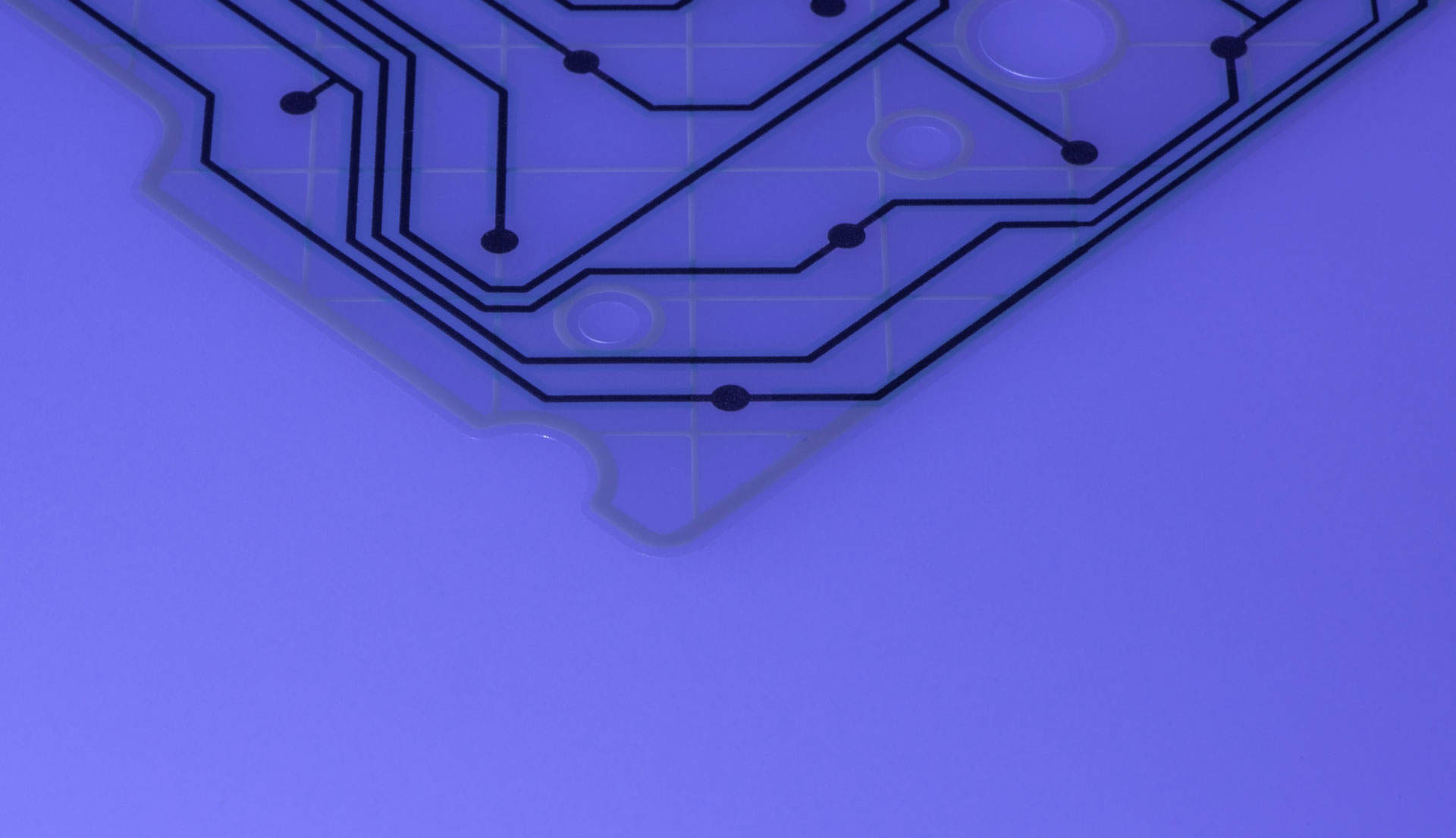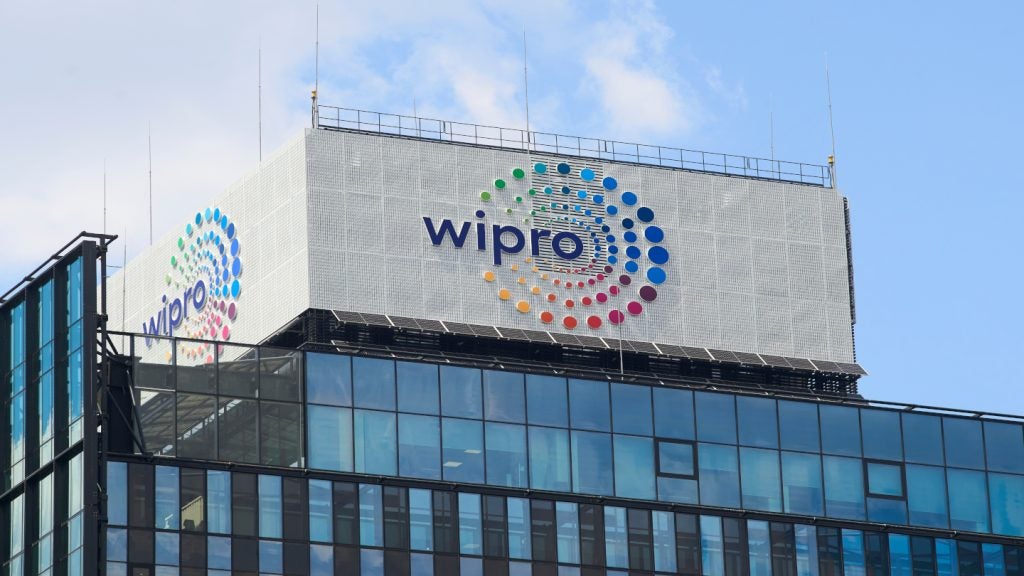
The flexible electronics revolution has arrived with the development of a new kind of printing that enables silicon nanowires to be manufactured into flexible surfaces.
The surfaces can be bent and flexed and even twisted. Potential applications include synthetic skin for prosthetics, video screens and implantable devices.
The team behind these developments have already come up with solar-powered flexible ‘electronic skin’ to be used in prosthetics and stretchable sensors that can assess pH levels in users’ sweat.
Professor Ravinder Dahiya from the University of Glasgow’s Bendable Electronics and Sensing Technologies (BEST) research group said: “We’ve created a contact-printing system which allows us to reliably create flexible electronics with a high degree of reproducibility, which is a really exciting step towards creating all kinds of bendable, flexible, twistable new devices.”
Developing a printing method for flexible electronics
The team manufactured semiconductor nanowires from both silicon and zinc oxide and printed them on flexible substrates to create electronic circuits.
They realised they could produce uniform silicon nanowires that aligned in the same direction, unlike the more random tree branch-like arrangement produced by the process for zinc oxide.
How well do you really know your competitors?
Access the most comprehensive Company Profiles on the market, powered by GlobalData. Save hours of research. Gain competitive edge.

Thank you!
Your download email will arrive shortly
Not ready to buy yet? Download a free sample
We are confident about the unique quality of our Company Profiles. However, we want you to make the most beneficial decision for your business, so we offer a free sample that you can download by submitting the below form
By GlobalDataElectronic devices run faster when electrons can run in straight lines and not have to navigate twists and turns, so the silicon nanowires were best suited to use in flexible surfaces.
Professor Dahiya said: “For future electronic devices to integrate flexibility into their design, industry needs to have access to energy-efficient, high-performance electronics which can be produced affordably and over large surface areas.”
Using a printing device built in their lab, the team conducted a series of experiments to print the wires into flexible surfaces.
They found the optimal combination of pressure and velocity to print the nanowires time and again.
The transfer printing being used is a highly scalable technique, it is perfectly suited to high volume manufacture by allowing more than 10,000 micro-sized integrated circuits to be processed in a single run.
The BEST team led by Professor Dahiya have just secured funding which they will use to scale up the process and make it more readily applicable for industrial purposes.
The professor said they are looking forward to building on what they’ve already managed to achieve.







